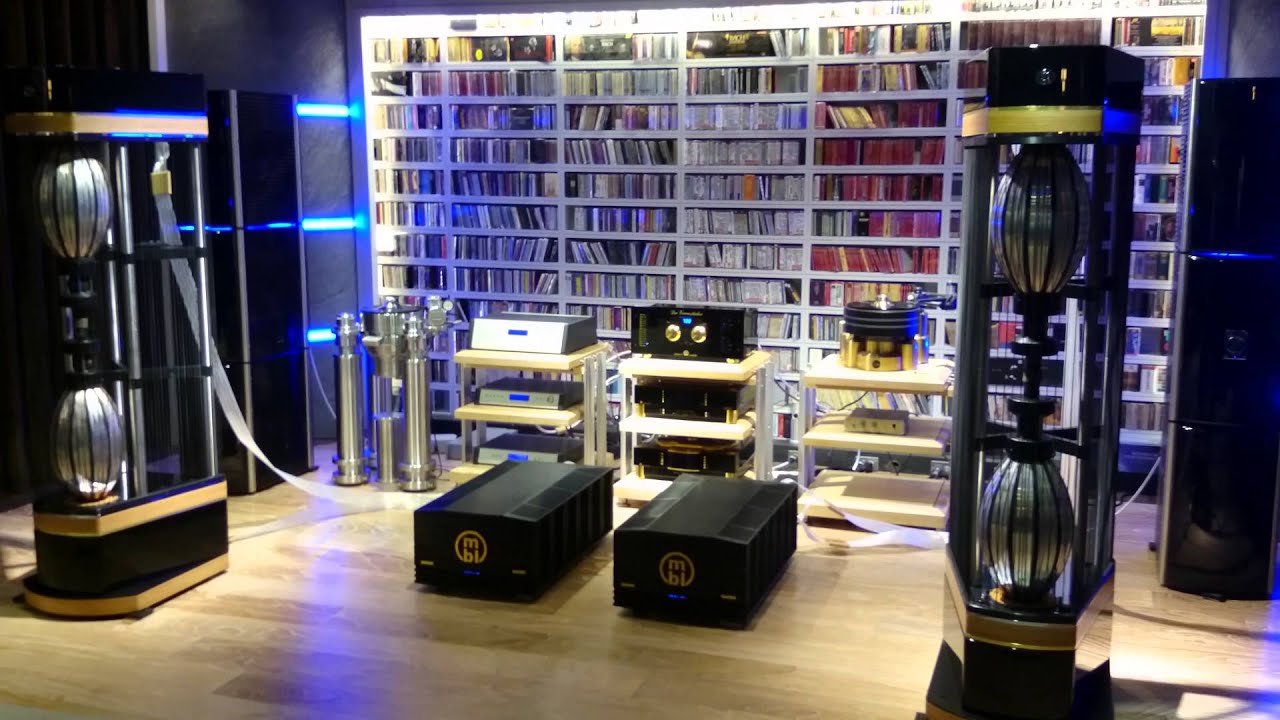Darren L
Egalitarian
Good quality speakers set up properly and suited to the room and fed with a good recording should have no problem 'vanishing' , I've heard budget early 90's Mission 760i speakers with a budget Rotel amp totally 'vanish' given the right recording and every speaker I've owned since.


